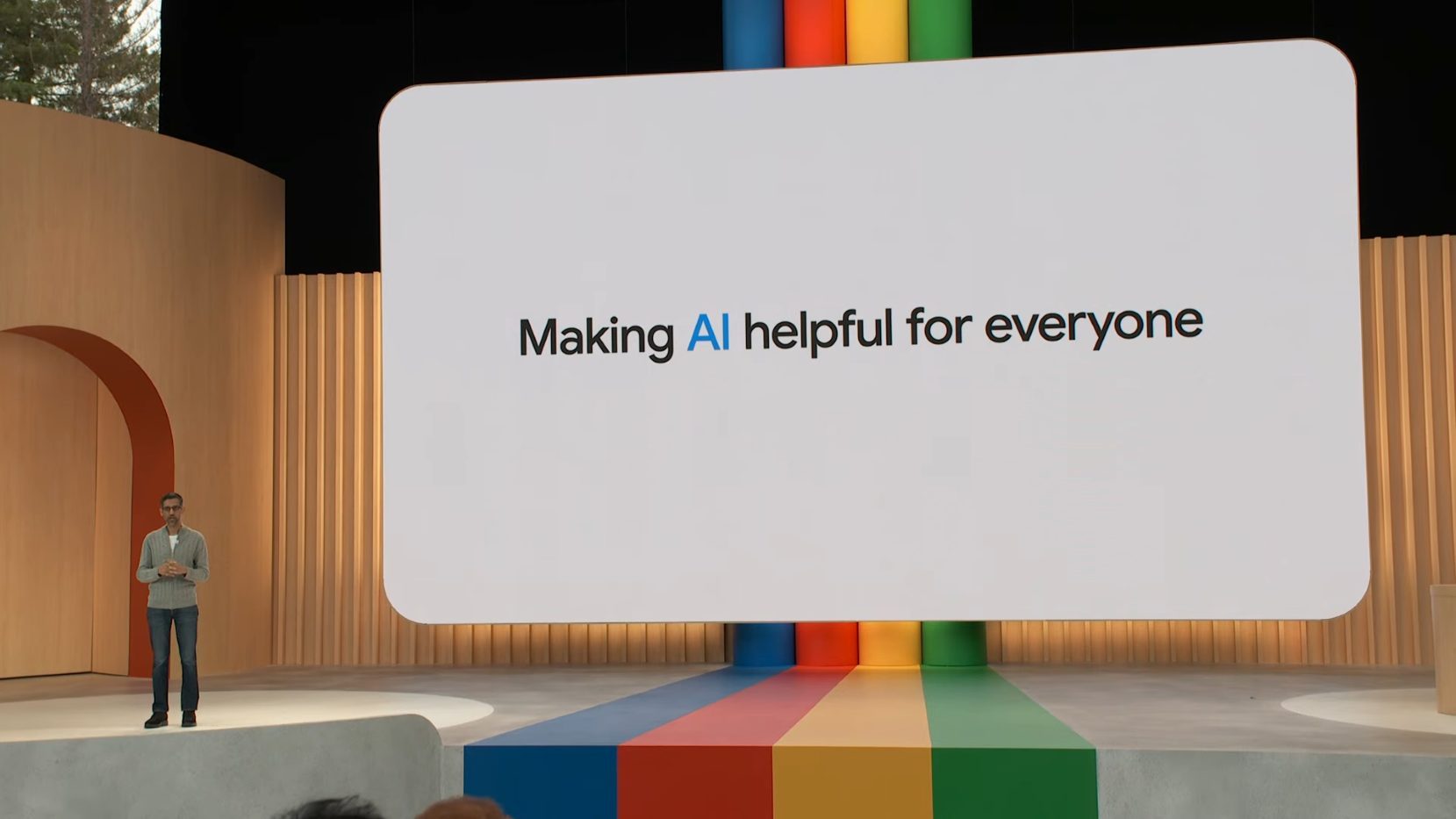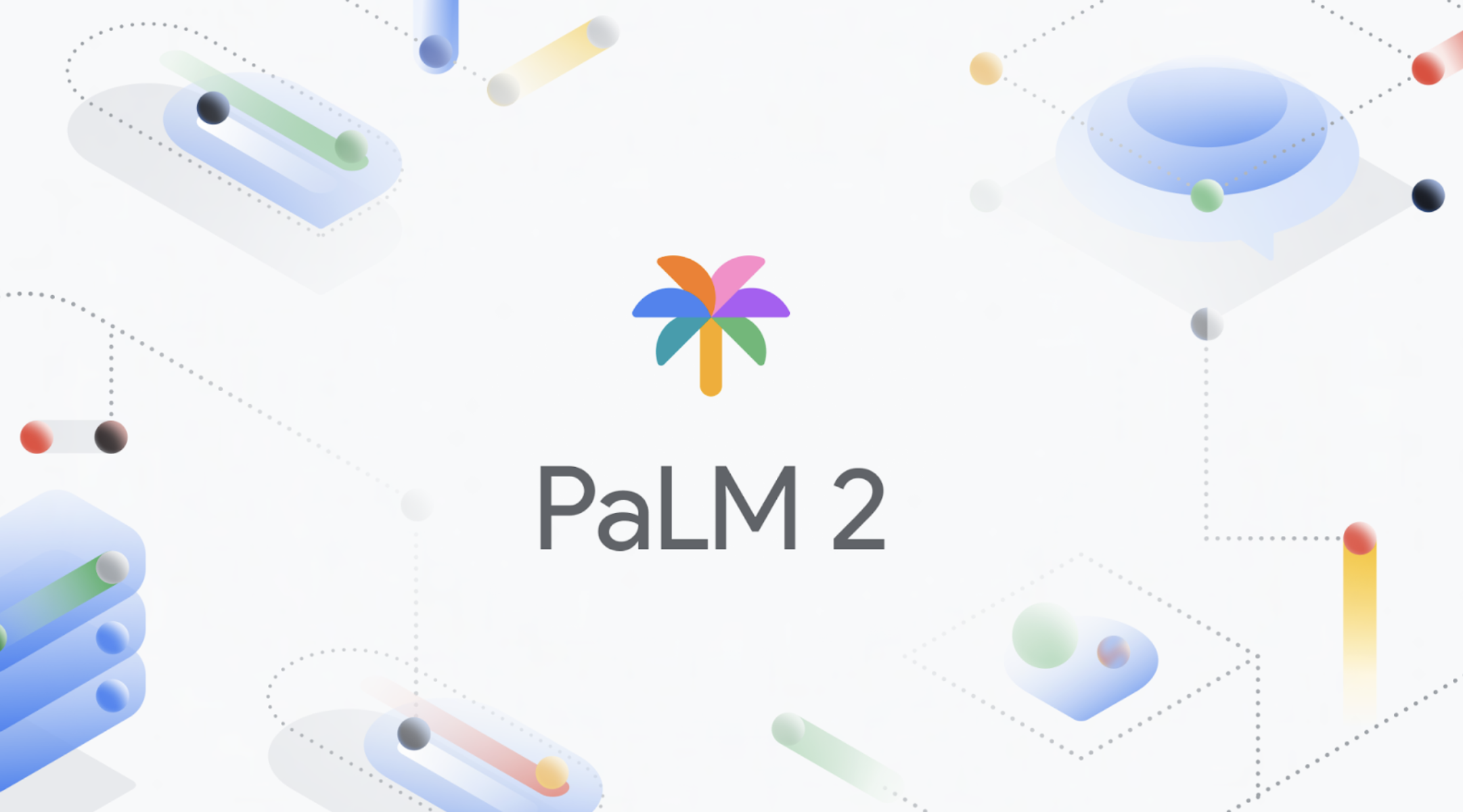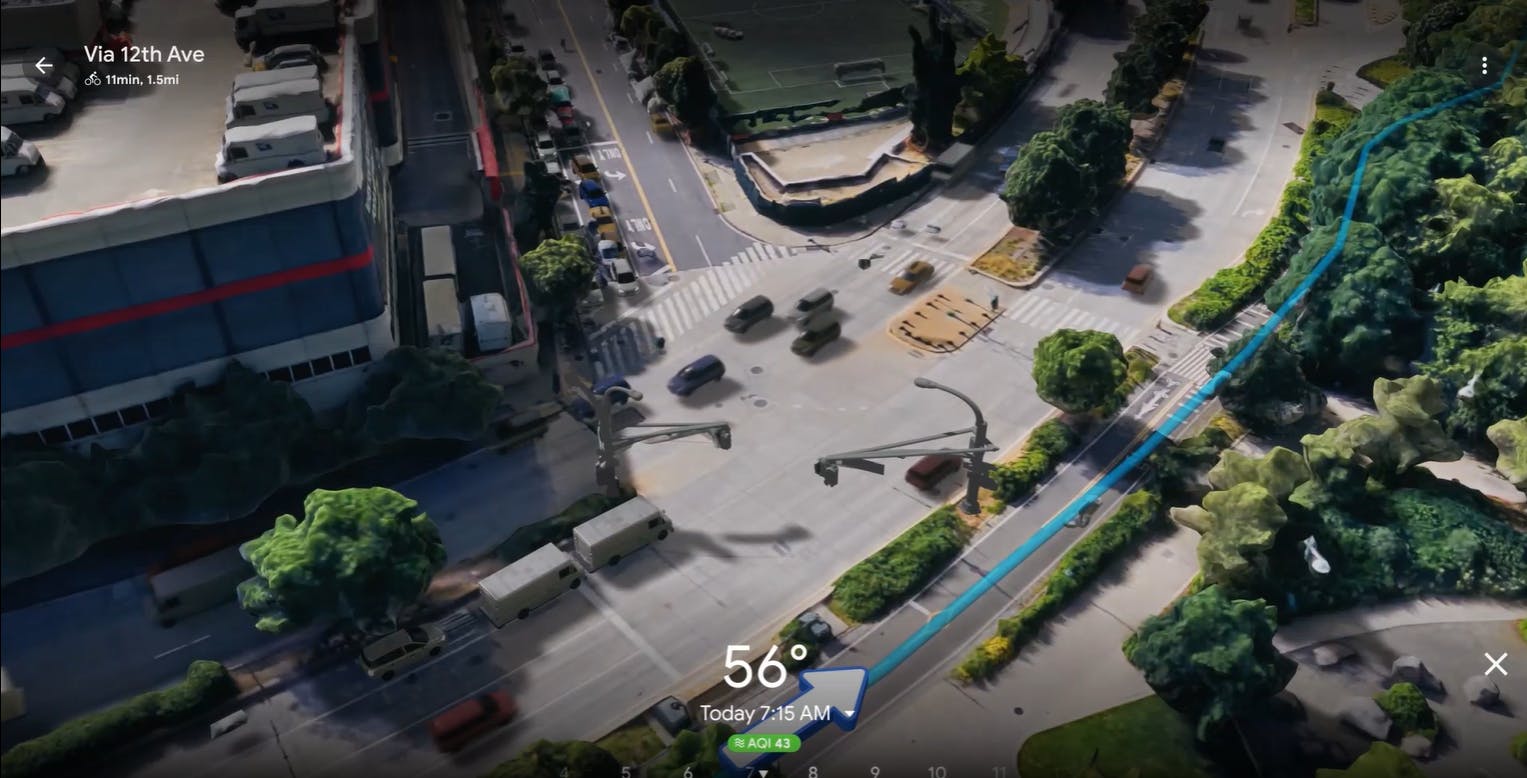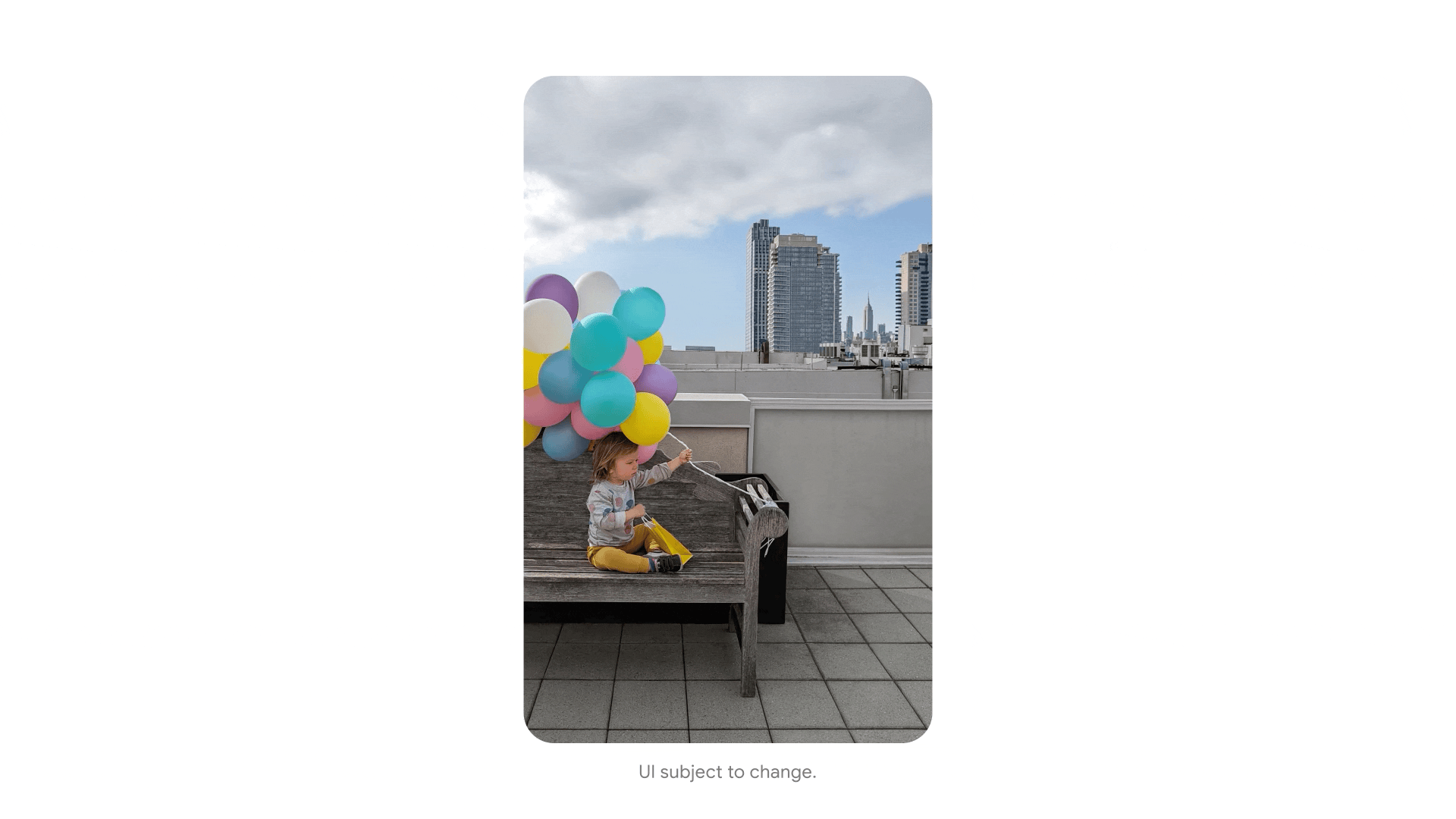The Google IO conference took place in San Francisco, California, on May 11, 2023, with CEO Sundar Pichai delivering the keynote address. The conference is a yearly occasion where Google displays its most recent developments and offers updates on its current goods and services.
Pichai's speech concentrated on Google's most recent AI advancements, including upgrades to current products and the launch of brand-new services that are AI-powered. The influence of AI on society and the need for responsible AI development and deployment were among the topics covered in the keynote talk.
The Future of Google's AI 🤖
The CEO Mr. Sundar Pichai discussed the future of Google's AI at the outset of his keynote address. He emphasized the company's dedication to developing AI that is more helpful, approachable, and natural. He demonstrated a new AI language model that makes it simpler for people to obtain the information they require by being able to comprehend and react to complex inquiries and statements.
Pichai also discussed Google's efforts to enhance its AI systems' comprehension of linguistic nuance and context. He provided examples of how voice assistants like Google Assistant would benefit from this and how more sophisticated chatbots could be made using the technology.

PaLM 2 and Gemini 🌴
Google recently announced its latest innovation in AI, the Google Palm 2, which is an advanced language model designed to understand and generate natural language text. This new AI technology is a continuation of Google's efforts to create more sophisticated and powerful language models that can assist with a variety of tasks, from chatbots to translation services.
The Google Palm 2 is a step forward in natural language processing and demonstrates Google's continued commitment to advancing AI technology. It has the potential to be used in a variety of industries, including healthcare, finance, and customer service, to provide more accurate and efficient services.

AI Products and Services
Mr. Pichai then went on to announce several new AI products and services that Google is developing. These included:
Google Assistant 2.0: The most recent iteration of Google's virtual assistant uses more sophisticated natural language processing to deliver responses that are accurate and useful. The CEO Sundar Pichai gave a demonstration of how the updated version of the assistant can interact with users more naturally and aid in task completion.
Google Lens 2.0: A newer iteration of Google's visual search technology that is more accurate and quick in recognizing things, locations, and people. Pichai demonstrated how writing can be recognized and translated in real-time using technology, making it simpler for people to travel to other nations.
Google Translate 2.0: A new version of the popular translation app that uses advanced AI to provide more accurate translations in real time. Pichai demonstrated how the new version of the app can translate conversations in real time, making it easier for people to communicate across different languages.
Google Health: A new AI-powered healthcare platform that uses machine learning to help diagnose and treat diseases. Pichai explained how the platform can analyze medical data and provide insights to doctors and researchers, potentially leading to faster and more accurate diagnoses.
Google Workspace AI: A suite of AI-powered tools for productivity and collaboration that use natural language processing and machine learning to make work easier and more efficient. Pichai demonstrated how the tools can be used to automate tasks like scheduling meetings and sending emails, freeing up time for more creative and strategic work.
New Technologies with AI
“Help me write” in Gmail
With the introduction of a more powerful generative model, Google is taking the next step in Gmail with "Help me write."
Suppose you receive an email notifying you that your flight has been canceled, and the airline has issued a voucher instead of a full refund. In that case, you can use "Help me write" to compose an email that requests a full refund. Simply type in the prompt of what you want, and a complete draft will appear, including flight details from the previous email. The generated email will likely be close to what you want to send, but you can refine it further to increase your chances of getting the refund. "Help me write" will be available as part of Google's Workspace updates, and, like Smart Compose, will improve over time.
New Immersive View for routes in Maps
Google Maps currently provides 20 billion kilometers of directions every day, but with Immersive View for routes, users will be able to see their entire trip in advance, whether they're walking, cycling, or driving.
With Immersive View, users will be able to get a bird's eye view of their journey and zoom in to see every detail. The feature will also provide additional information such as air quality, traffic, and weather conditions, allowing users to plan their trip accordingly.
The feature is expected to begin rolling out in the summer and will launch in 15 cities by the end of the year, including London, New York, Tokyo, and San Francisco. Once available, users in these cities will be able to take advantage of this new way to plan and navigate their journeys using Google Maps.

A new Magic Editor experience in Photos
Through breakthroughs in machine learning, users can search for photos based on specific objects such as people, sunsets, or waterfalls.
Google's goal is to not only provide search capabilities but also help users enhance their photos with AI advancements. For instance, the Magic Eraser feature, initially launched on Pixel, uses AI-powered computational photography to remove unwanted distractions from pictures. Google will soon be introducing a new feature called Magic Editor, which combines semantic understanding and generative AI. It will enable users to make even more edits to their photos automatically.
For example, you may want to reposition a photo of your child on his birthday. However, some elements of the photo, such as the bench and balloons, were not captured correctly. Magic Editor can automatically recreate these portions of the photo and even add enhancements like an edited sky, which also affects the lighting in the rest of the picture, resulting in a more consistent-looking image. The new feature will be rolled out in Google Photos later this year, and it promises to be truly magical.

Last Thoughts 💭
Overall, the Google IO 2023 keynote highlighted the company's commitment to developing advanced AI products and services that are more natural, accessible, and helpful. With the announcement of several new AI-powered tools and initiatives aimed at ensuring responsible AI development and deployment, it is clear that Google is taking a leadership role in shaping the future of AI.
